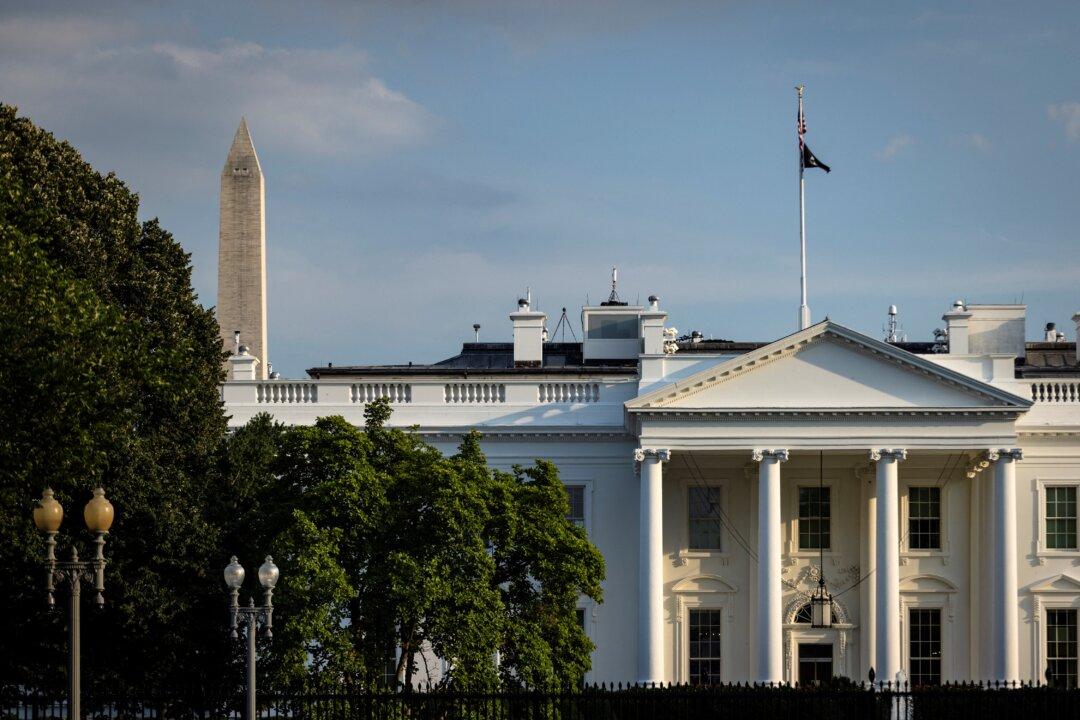One of our current cultural mantras is “you do you”—putting your personal desires over the greater good of others and society. In other words, living selfishly instead of selflessly.
The manifestation of such a philosophy and its implications for our society is particularly acute when it comes to the institutions of marriage and family.
As the late James Q. Wilson, former professor of government at Harvard University, wrote in his book, “The Marriage Problem”: “It is not money, but the family that is the foundation of public life. As it has become weaker, every structure built upon that foundation has become weaker.”
While numerous articles have been written about the “birth dearth” over the past few years and its implications for our future, this report clearly illustrates that what was once a matter of concern is rapidly becoming a full-blown crisis as the CBO forecasts significantly lower population growth over the next three decades.
While better health care has resulted in longer life expectancies, thus increasing this ratio, the nation’s current population growth rate is 0.2 percent, with much of that driven by immigration rather than births. In fact, the CBO projects that the fertility rate will be approximately 1.70 percent, below the replacement level of 2.1.
So, while people living longer is one contributing factor, it is just that: one factor. There are more and greater factors in play. Perhaps the most important one is this: Americans are not getting married or forming families, or if they are, it happens later in a woman’s prime childbearing years.
For instance, in 1970, married couples made up 71 percent of all American households. By 2022, that percentage had decreased to just 47 percent. In 1962, 90 percent of all 30-year-olds were married, with that percentage dropping to 51 percent in 2019.
Dr. Peter H. Schuck, professor emeritus at Yale Law School, perhaps put it best when he wrote in his book, “One Nation Undecided: Clear Thinking About Five Hard Issues That Divide Us”: “The family is the essential core of any society, and the steady decline of two-parent households is probably the single most consequential social trend of the half-century.”
Decisions not to get married or have children are often driven by choices to pursue so-called “personal fulfillment,” such as money, travel, and a career.
The implications are ominous—the rapidly growing aging population that becomes dependent upon younger generations for their care will be like old Mother Hubbard, who goes to the cupboard and finds nothing more than a bone.
According to Pew, even those who have chosen not to marry or have children worry about what their lives will be like as they age, without children or younger generations to provide the financial and familial support they will need. In addition, this will only increase government dependence for the elderly.
It is a death spiral as the lack of marriages and children continues to weaken our nation’s foundation. You can only remove so many bricks, in this case families and children, before the entire building comes tumbling down.
What is the solution? We need to become a society that once again emphasizes the importance of marriage and children, putting sacrifice over personal ambition and family over autonomy. Without such a reversal from our current societal philosophy of “you do you” and a return to these values, our birth dearth will become our societal death.







